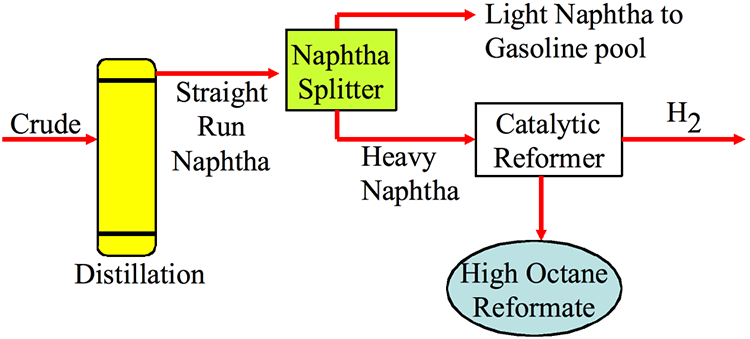Understanding Drug Dosage Forms and Their Applications
Classified in Chemistry
Written on in  English with a size of 3.11 KB
English with a size of 3.11 KB
What is a Dosage Form?
A dosage form may be defined as a blend of drugs and additives, produced in a definite physical form, size, and shape suitable for administration by a particular route.
Key Properties of Dosage Forms
- Economical
- Provides protection to the drug substance.
- Provides a better therapeutic effect.
- Easy to identify.
- Conceals bitter taste or odor.
- Easy to use and handle.
- Easy to store.
- Stable during use.
Importance and Need for Dosage Forms
The need for dosage forms, or their importance, is outlined below:
- To protect the drug substance from oxidation, reduction, and hydrolysis (e.g., coated tablets, sealed ampules).
- To provide a safe and convenient delivery of accurate dosage.
- To mask the bitter, salty, or obnoxious taste or odor of a drug substance

